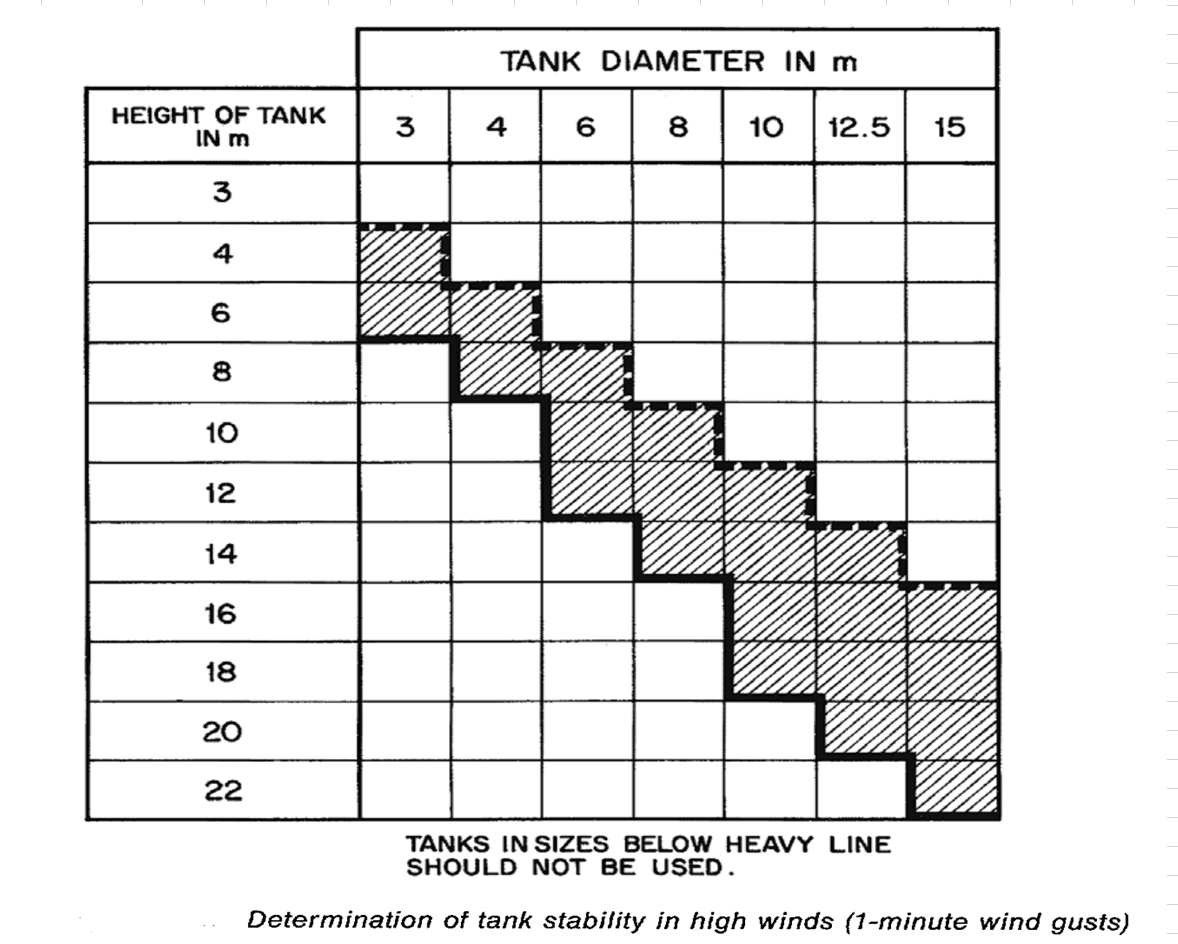Dear CHE resources community!
I hope you are well!
I've been struggling with designing a vacuum packed distillation column for the binary distillation of l-lactide and water (for the production of the bioplastic PLLA) operating at low pressure ~8 mmHg, to minimise Racemization (degradation of l-lactide into undesired meso-lactide). The aim of the distillation is to remove the water (0.11 mass frac in feed) and recover 99.9% l-lactide in the bottoms product for polymerisation.
The aim of the design is to introduce the topic, perform unit selection, discuss design considerations, perform shortcut calculations, rigorous design & optimisation, mechanical design (mechanical drawing) and instrumentation & control (P&ID).
At this operating pressure water boils at 7.7 °C and l-lactide boils at 142 °C. (I appreciate that my design pressure will range within my column (lowest at the condenser) due to pressure drop and at such low pressures refrigerant costs for condensing water are significantly high). The reason for the low pressure selection was the lack of availability of boiling point data for l-lactide at any other pressures.. (optimisation in Aspen will likely see this pressure increased) To avoid racemization in fact boiling point temperature need only be below 200 °C, with some research confirming insignificant rates below 240 °C. (L. Feng, X. Chen, B. Sun, X. Bian, and Z. Chen, “Water-catalyzed racemisation of lactide,” Polym. Degrad. Stab., vol. 96, no. 10, pp. 1745–1750, Oct. 2011.) Nevertheless the column will still operate in some degree of vacuum as the boiling point of l-lactide is 255 °C at atmospheric pressure conditions.
I would like to calculate a column diameter but I am struggling to understand how to use the equations. GPDC (Generalised pressure-drop correlations) methods have been suggested to me, to find capacity and packing factors, Kister Distillation design 1990 and https://pdfs.semanti...2e8ba202afe.pdf. What I struggle to grasp is how liquid flow rate, vapour flow rate, viscosity and density are approximated for the system?
I will likely use a structured packing such as woven fibre fabric structured packing as suggested by W. Jorisch 2014 for vacuum distillation (but might resort to picking a suitable packing for low pressure distillations that is available in Aspen V10 for RADFRAC simulation for design optimisation)
Note: I have completed an overall mass balance over the feed, distillate and bottoms (VLE data couldn't be sourced, but a relative volatility was calculated using a method in I. J. Halvorsen, S. Skogestad “Distillation Theory". I have designed the column on Aspen V10 using DSTWU with Di-Lactide component in the place of L-lactide as their L-lactide component was missing properties which prevented the simulation from running. I intend to use enthalpy values from Aspen for condenser and rebiller duty calculation, (or just use Aspen's values) but need to first decide on condenser and rebiller operating pressures (i.e. pressure drop).
The mass fractions of L-lactide are:
F: 0.89 D:~0.007 B: 0.999
The mass fractions of water are:
F: 0.11 D:0.993 B:0.001
The mass flow rates (kg/hr) are:
F: 8261.95 D: 917.29 B: 7344.67
A relative volatility of 8.748 in a McCabe Thiele simulation to give an underwood Rmin of 1.156, Fenske Smin of 5.461. A 10% excess reflux ratio was used to get a theoretical number of plates of 15 and a feed plate of 6. (the 10% excess reflux ratio, was suggested by Towler 2014, (I appreciate that there is a balance between low wettability and increased column diameter due to high liquid loading at high reflux ratios))
I would like to find diameters and column heights. I understand that the column height can be found from HETP (for the packing) and the theoretical number of plates? But as mentioned above I don't understand how I am able to calculate various parameters required in diameter calculations, such as vapour & liquid mass flow rates & densities for flooding velocity calculation. Am I correct in saying that the vapour velocity is simply taken as a % of the flooding velocity (~60-80%)?
(Also am I limited by my lack of VLE data, is anyone aware of how Aspen might help? (RADFRAC columns seemed to require a high degree of user input (including diameter) to simulate))
Thanks for taking the time to read this and apologies for the disorganized nature of my question.
I will greatly appreciate any input whatsoever, thank you!
Gualtiero
Referring to this excellent resource shared by Bobby, for tray selection: http://seperationtec...ay-selection-1/
and an article more centred towards packed column design: http://seperationtec...ing-hydraulics/.
I reiterate, that I struggle to comprehend how values for gas & liquid loads and densities are calculated?
Is anyone aware of shortcut methods for packed vacuum column calculation in literature?
Thank you!
Edited by gu211, 02 May 2018 - 03:59 AM.

 FB
FB








